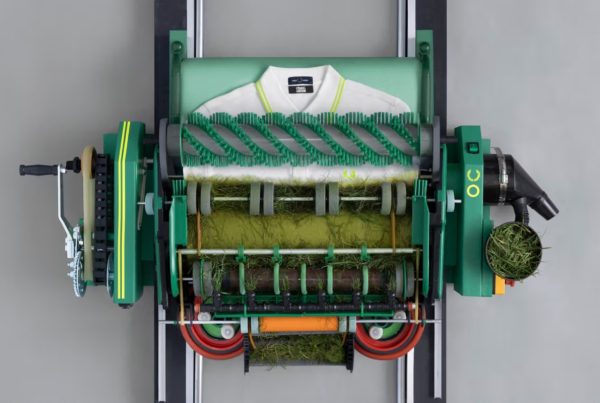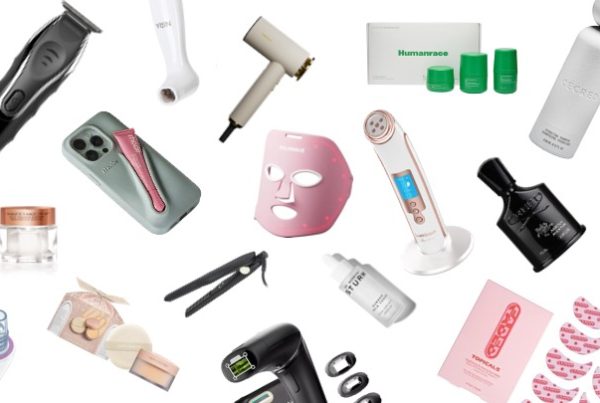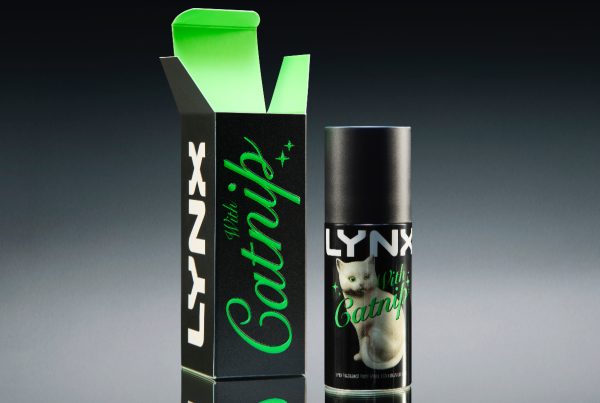Business 101.
The thought of running your own business and being your own boss can be exciting and daunting at the same time. If you are thinking of starting your own fashion business getting things right at the outset is vital to give you the best chance of success. However, with research, planning and decisions all made early on when launching your brand, it can help you head in the right direction and avoid the need for such financial aid. In this guide, we briefly look at 6 steps you should consider when starting a fashion business.
Cash Flow And Funding
Lack of cash or funds is one of the main reasons new businesses fail, so understanding your businesses cash flow from the very beginning is important. Cash flow is the movement of money coming in and going out of your business on a monthly basis. Cash coming in is from your sales (customers buying your product), and cash going out is from your expenses (such as salaries, rent and taxes). When starting your business, you will likely have more money going out than in, so it’s important that you have enough funds from the outset. There are many ways to fund a start-up business, this can be through personal funds, family or friends, interested investors, potential government grants or talking to your bank. The challenge is knowing how much you will need.
Just like you may consider urgent financial support from short term loans loan for financial support due to a personal emergency, you may also consider a loan for your business. There are many business loan options, these can help with a temporary cashflow issue, an unexpected expense, give a financial boost to expand the business or help with the launch of a start-up business. As with all loans, it’s important to shop around to get the best deal and ensure the loan can be paid back on time to avoid further financial issues in the future.
Spot Your Gap In The Market
When looking to open your own business, it is vital to ensure that you find that perfect gap in the market, particularly if it is already rather saturated. Once you have identified your gap in the market, you can then work to tailor your products to cater to this particular need. In clothing, this can be challenging as it is a highly saturated market to get into and with competitors such as large retail giants such as New Look, Primark and Next, it can be difficult for an independent chain to see such success.
However, it is not impossible and with the right preparation and knowledge of the market that you are entering into, you can have that same level of success as a result.

Organise Branding
Once you have found your gap in the market, it is important to get clear branding. Not only is it vital that it makes sense with the style of clothes that you are selling, but it must also fit with the target audience. The colours need to be eye-catching so that it stands out to potential buyers and must be consistent both online and offline. Your branding should also use typography that is clear and concise to ensure that your brand name is easily recognised.
Market Research
Once the branding has been completed and you have a rough idea of who you want to target, it is important to investigate the target audience. Find out what this target audience buy and whether they would be interested in the product that you are pitching. This can be done either through an online survey or in person to collect the information that you need. Pitch the product to them and see what changes they would make – this will help you to tailor the project as much as possible to this target audience to create something of high importance. Although this does take time, the more that you spend studying the market, the more information you will have for the product launch and others in the future.
Working Our Profit Margins
Once you have got your branding, it is vital that you set up a business plan. Look at the products that you will be making as well as the potential profit margins that you will be working within. This is a lengthy process; however, it will benefit you and your business in the long term. It is also important to calculate the manufacturing costs of each one of the items that you will be making as this will help you during the process of marking up. If you sell your items too cheaply, you then run the risk of running at a loss.
Sell The Product
Once this has all been organised, it is time to find a storefront or online space and begin selling the products. With the right marketing strategy, as well as the right prices for the target audience, you are likely to see an increase in the number of sales as a result.
Although it can be a challenge to have the run your own successful business, it is well worth putting in the time to see the return of investment. It is something that will help your brand to thrive and make a difference in the market that you have chosen to delve into. With a business plan and careful decision making, you can have your business thriving in no time at all.



















































